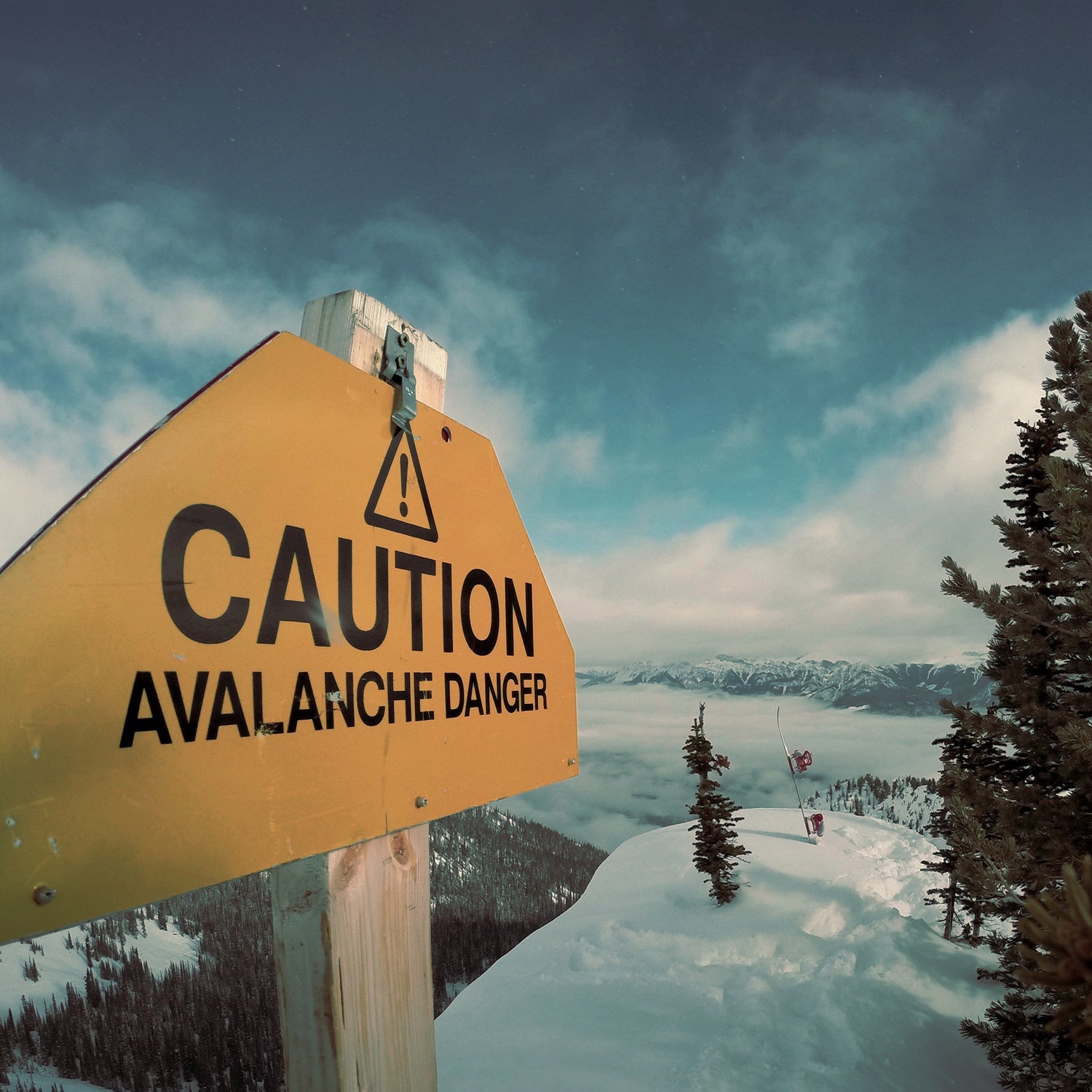On November 28, 2001, two experienced backcountry skiers left Eldora Mountain Resort, a small ski area outside Nederland, Colorado. Joe Despres, 29, and Peter Vaughn, 47, skinned up the Jenny Creek Trail to Yankee Doodle Lake, on the east side of Rollins Pass, to take advantage of the new snow after a dismal early season. This was their third outing in as many days; they knew the conditions and carried avalanche rescue equipment—beacons, probes, and shovels.
Despres and Vaughn dug a snow pit to assess conditions and decided to proceed with caution. They would ski one at a time, with one always keeping eyes on the other from a safe vantage point. Around 1 p.m., Vaughn watched as Despres made his third or fourth turn. Then the slope released beneath them.
The 400-foot-wide avalanche roared across the summer road and onto Yankee Doodle Lake. It plunged through the ice, creating a wave that reached 20 feet back up the bank.
Vaughn was caught in the slide. He came to a stop in the lake, nearly 200 feet from the shore, with his skis and backpack missing. His partner was gone. Vaughn managed to get himself ashore, but his nightmare was far from over. He still had to hike five miles back to the ski area with only the frozen clothes on his back.
By 4 p.m., Vaughn had made it back to Eldora to report Despres as missing. Rescuers headed to the site of the avalanche. Around midnight, aided by a full moon, searchers got a signal from Despres’ beacon, which had continued to transmit from beneath three feet of icy water.
The story of Vaughn’s ordeal and Despres’s tragic death is one of 208 narratives in the fifth installment of , a collaborative effort of the (A3) and the (CAIC). Each case study includes some of the same information: conditions leading to the accident, an account of the incident, investigators’ findings, comments and analysis. But the collection is more than the sum of its parts—the stories have a way of lingering in the mind, becoming their own sort of risk-deterrent in the process.
When someone dies in the backcountry—whether in a preventable climbing accident, as a result of unpredictable rockfall, or in an avalanche—the outdoor community scrambles to find meaning in the death. We investigate, look for clues, talk to friends and witnesses. We try to understand the why and the how. The Snowy Torrents series is one attempt to answer those questions.
The most recent volume, written by Knox Williams (CAIC cofounder and former director) and CAIC forecaster Spencer Logan, was published in May 2017 after a hiatus of more than two decades. I copyedited Volume 5, which meant reading each report a dozen times. As the book came together, I spent months parsing through the minutiae of the worst days of people’s lives. The details have stuck with me—which is the whole idea.
“We have a long history of people looking at accidents in the mountains to learn from them,” says CAIC Director Ethan Greene. “With more people going into the backcountry and the rise of human avalanche involvement, having these stories out there is important.”
A3 Executive Director Jaime Musnicki agrees. “When there’s a story to follow, it gives us a way to ground what’s otherwise theoretical.”
The avalanche accidents covered in this installment range from ice climbing on Mount Washington in New Hampshire to snowmobiling in Alaska’s Turnagain Pass, from near misses to accidents with more than a dozen people caught and six killed.
Around 1 p.m., Vaughn watched as Despres made his third or fourth turn. Then the slope released beneath them.
Some of the victims were professional ski patrollers; some were out with their families. All are referred to by name. “When we use people’s real names, ages, something about their background, it helps readers relate and say, ‘That could have been me,’” explains Williams.
“The power of this book,” says Logan, who maintains the CAIC’s avalanche fatality , “is having 200-odd accidents in the same format, so a casual recreator can pick out common patterns.”
The authors identify common errors: lack of rescue gear or education, traveling alone or with multiple skiers on a slope, riding above terrain traps or in dangerous conditions. Sometimes—as with Vaughn and Despres, for whom there’s now an at Eldora—there was no error in judgment. “We find no criticism of these two. They were prepared in every way for the risk they were taking,” the authors explain. “We have no problem with high risk tolerance, so long as the risk-takers understand the stakes.”
Still, there’s something to be learned. I ski the east side of Rollins Pass a few times each winter. It’s impossible, now, not to look at Yankee Doodle Lake and think of Despres and Vaughn, to imagine what those moments were like. It doesn’t stop me from skiing there, but it does give me pause to think about the risks and whether I can—and want to—manage them.
There are the basic components of risk management in the winter backcountry: carry a beacon, a probe, and a shovel; take an avalanche course; check the forecast. But The Snowy Torrents volumes add another layer. The tragedies revisited in Volume 5, both real and narrowly avoided, make it possible to imagine vividly the consequences and aftermath of an avalanche. The trick to staying safe, it seems to me, is to let those experiences live in the back of my mind, where they can help remind me that no set of turns is worth my life.


